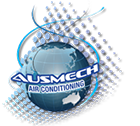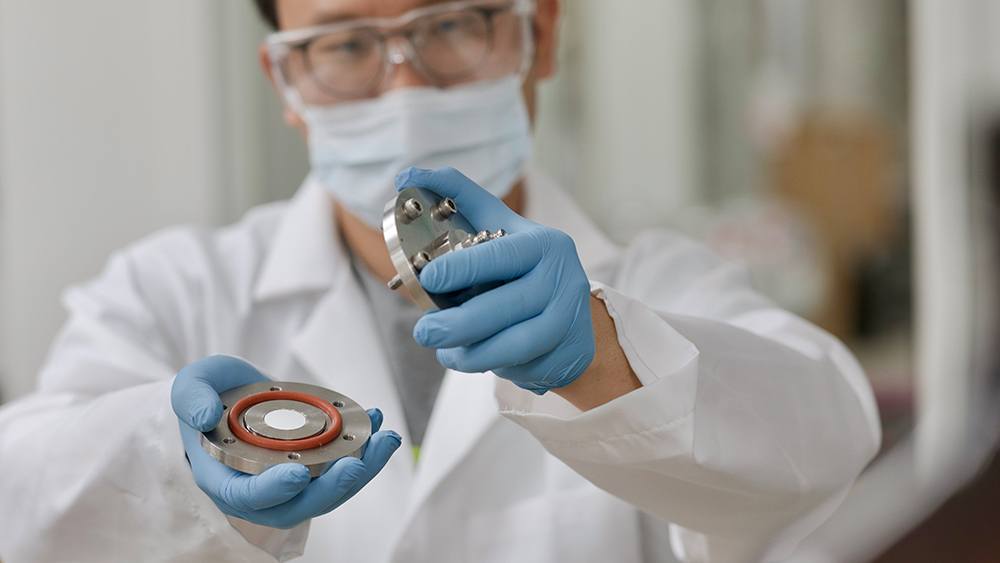New HVAC Technology Could Put An End To Energy Bill Shock
What you’re about to read won’t come as a surprise: Heating, Ventilation and Air Conditioning (HVAC) systems are energy guzzlers. Sure, you’ve heard it before. You probably even remember reeling from bill shock yourself. Not to mention that the impact on the environment is equally dire. The harder a HVAC works, the greater the bill. And the greater the use, the more greenhouse gas emissions.
It’s a vicious cycle. But it may be about to come to an end. Thanks to an innovative discovery that involves an organic material that has been found to drastically boost HVAC efficiency.
Making cooling more efficient
Here’s a sobering statistic: globally, there are around 1.6 billion air conditioners in buildings. That number is expected to more than triple to 5.6 billion by 2050. That’s 10 new air conditioners sold every second for the next 30 years, according to the International Energy Agency.
This growth in air conditioner demand has prompted the industry’s brightest to address the need for more energy efficient HVAC systems that cut emissions and reduce energy costs. Sounds impossible? There’s a team of US researcher proving that it’s not.
A promising development in the next generation of HVAC technology
HVAC systems in commercial buildings typically integrate dehumidifiers to remove excess moisture from the air. They rely on refrigerants to cool the air. Unfortunately, CFC refrigerants contribute to global warming.
On the flip side, researchers from Texas A&M University have found an alternative material for dehumidification. One that has a smaller carbon footprint.
As part of a new study, the group replaced damaging refrigerants with an innocuous organic material, called polyimides, which is said to be highly rigid and far more tolerant to heat.
They tested the material for dehumidification and found the polyimide membrane was very permeable to water molecules. In short, the membrane was capable of extracting excess moisture from the air by trapping it in percolation channels
Why is this such good news?
The Texas A&M University scientists believe they are on the path to optimising this organic material to drastically boost HVAC efficiency.
Their study has excited industry experts who are on the quest for more efficient HVAC method that also combats climate change.
A polyimide-based dehumidifier could be a cost-effective alternative to the conventional dehumidifiers used in HVAC systems that we know are very costly.
Or as one of the researchers put it: “These polymer-based membranes, we think, will help develop the next generation of HVAC and dehumidifier technologies that are not just more efficient than current systems but also have a smaller carbon footprint.”
The researcher, Hae-Kwon Jeong, said while more needed to be done to enhance the performance of the membrane to make the HVAC technology affordable, “we are certainly taking strides in that direction”.
What you can do now to make running your HVAC system more affordable
HVAC systems account for up to 50% of a commercial building’s energy use but optimising your system could result in significant savings.
Speak to a commercial air conditioning specialist to assess your HVAC system’s performance and ask about good air conditioning maintenance strategies to reduce ongoing costs.







